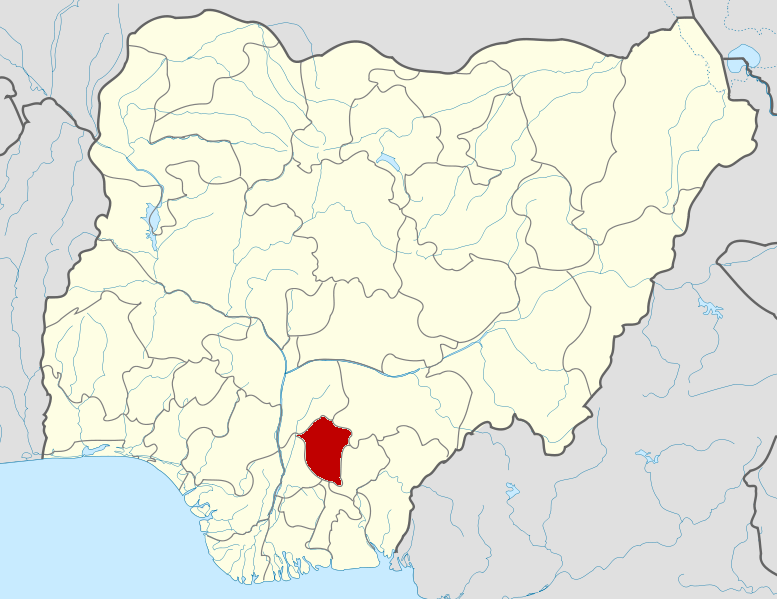How crucial is the strait of Hormuz to the global energy market? | Euronews
Published on •Updated
ADVERTISEMENT
Iran’s parliament voted last Sunday to close the Strait of Hormuz, a critical choke point for oil and natural gas located between Oman and Iran, connecting the Persian Gulf with the Gulf of Oman and the Arabian Sea.
However, Iran’s Supreme National Security Council — which has the final say on such matters — did not proceed with the plan, which was a retaliatory measure against Israeli and US strikes on the country's nuclear sites.
Although a ceasefire between Israel and Iran came into force on Tuesday, removing the pending threat of the strait's closure, this is not the first time that Tehran has warned it would block it.
For instance, in 2011 former Iranian Vice President Mohammad Reza Rahimi said he would block aid passing through the strait if the West did not lift sanctions on Iran.
The Strait of Hormuz plays a critical role in the global energy market due to the sheer amount of oil and gas which flows through it. In 2024 and the first quarter of 2025, one-fifth of the world’s oil and petroleum product consumption, as well as liquified natural gas, passed through it, according to the US Energy Administration.
Saudi Arabia, Iran, the United Arab Emirates, Kuwait and Iraq — which are all members of the Organisation of Petroleum Exporting Countries (OPEC) — export most of their oil through the strait's waters.
While Saudi Arabia moves the most oil and condensate — a lighter and more volatile gaseous mixture than crude oil — through the strait, Qatar exports the most liquefied natural gas globally through it.
An estimated 84% of oil and 83% of natural gas which went through the strait in 2024 were routed to Asian markets.
China, India, Japan and South Korea were the top destinations for oil passing through the strait, accounting for a combined 69% of all Hormuz crude oil and condensate flows in 2024.
Although Europe is less reliant on energy resources that flow through Hormuz than European markets, it could still face devastating repercussions from rising global oil and gas costs if Iran were to close the strait.
If Iran had closed the strait, the price of oil per barrel could have risen to $120 (€103.4) in line with the Brent benchmark, according to JP Morgan analysts, while in comparison, the average oil price per barrel was $80 (€68.9) in 2024.
Following Russia's full-scale invasion of Ukraine in February 2022, the share of Russian pipeline gas in total EU energy imports has fallen dramatically from 41% in 2021 to about 18% in 2024.
Norway was the top supplier of gas to the EU in 2024, providing over 33% of all gas imports.
Other suppliers included the United States, Algeria, Qatar, the UK, Azerbaijan and Russia.











